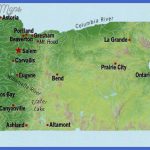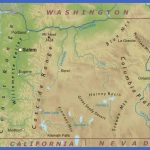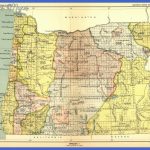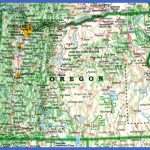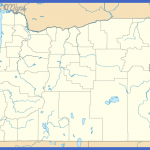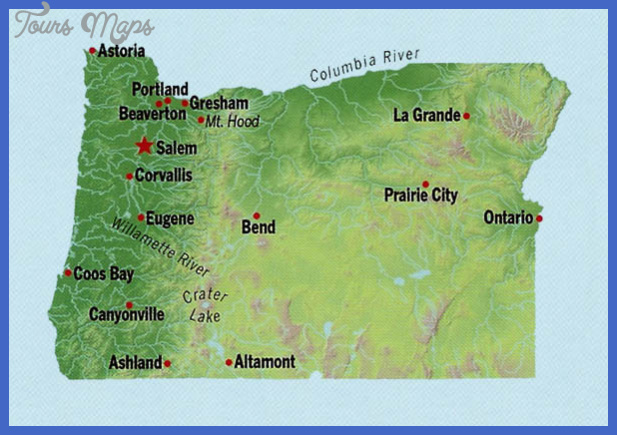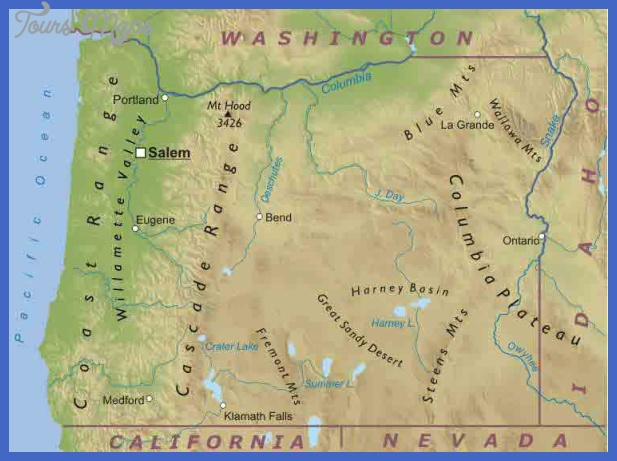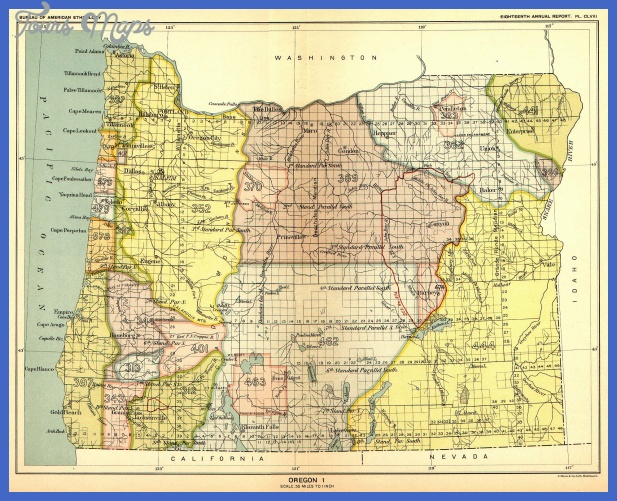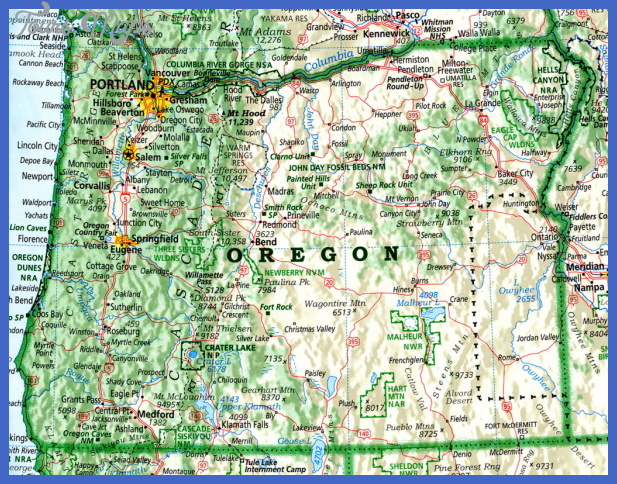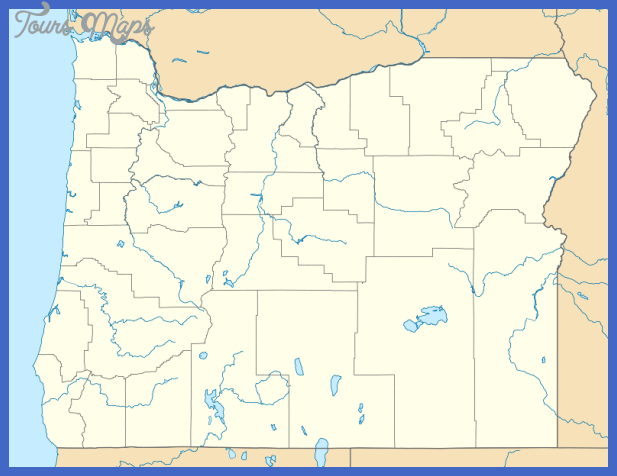Immigration, Reform Act, and the Settling of the Third and Fourth Generations of Latinos in Oregon
By the 1980s the Latino population in Oregon included a significant number of indigenous Mexicans and Guatemalans, many of whom became legal residents through the 1986 Immigration Reform and Control Act (IRCA) and the accompa-
nying Special Agricultural Workers (SAW) program. The majority of the agricultural workers granted legal residency through the SAW program were men. In the state of Oregon 23,736 Mexicans and some Guatemalans received permanent residency under the SAW program. Though this statistic reflects the number who applied and completed the SAW program in Oregon, a figure of between 40,000 and 50,000 may be more realistic because many workers who now reside in Oregon completed the SAW program in California.
Following those who were legalized by IRCA was another wave of primarily Mexican migrants who came either as the immediate family members of those who were legalized in 1986 or through larger social networks they had established in their home regions. From the late 1980s to the mid-1990s the Mexican migrant population changed significantly in two ways in Oregon. First, many of the men who had become legal permanent residents sent for their wives and children. Second, once the families of these men arrived, they settled more permanently and in communities such as Salem, Woodburn, East Portland, Gresham, and Medford. These migrants came to form significant clusters of people from the same original community, often built around sibling groups who came to either bring or form their nuclear families with them from different parts of Mexico and other places in the United States, particularly from California.
Though undocumented relatives of established Mexican migrant families continue to come to the state of Oregon, during the past 4 to 5 years a new wave of young men have come to occupy an important niche in the seasonal harvests, such as berry, in the state. The trend of family settlement and female migration has slowed considerably, and now seasonal workers are again lone men, often young. They are found primarily in labor camps and are brought by labor contractors who work them through a circuit encompassing California, Oregon, and Washington. Some of them are Mixtec, but recruiters are also reaching into Triqui communities and into the state of Veracruz. Later in the 1990s unattached young females and males began to migrate to Oregon. There, they stayed with older relatives such as siblings, aunts, and uncles already in the state.
The importance of undocumented Mexicans in key sectors of the Oregon economy is not an isolated case in the United States. In March of 2005 the undocumented population of the United States was nearly 11 million. Approximately 6 million, or 54.5 percent, were from Mexico. In 2004 it was estimated that there were between 100,000 and 150,000 undocumented Mexican migrants residing in the state of Oregon, out of a total of 260,095 counted by the U.S. Census Bureau in 2002.
During the past four decades, the number of Latinos has steadily increased in Oregon, with more than four different generations settling in many different parts of the state and representing an increasingly diverse set of ethnic and national origins, although the majority continues to be Mexican. When Latinos, or
Hispanics, were first counted in the 1970 census in Oregon, their numbers were small, 32,000 or less than 2 percent of the population. In 1980, Latinos were reported as representing about 2.5 percent of the total population, or 65,847. From 1990 to 2000 the Latino population in Oregon more than doubled from 112,707, or 4 percent of the state population, to 275,315, or about 8 percent of the population.
Since the late 1980s indigenous Guatemalan and Mexican migrants have made up an increasing number of workers in Oregon, concentrating primarily in agriculture and related businesses. The 2000 census was also the first time that indigenous Mexicans, Guatemalans, and others could make their presence known through two distinct census categories. One of the racial options, American Indian or Alaska Native, left a space to indicate a specific tribe.
The 2000 census showed a significant growth in the number of people who self-identified as American Indian, and also in the number of people who identified themselves as both Hispanic and American Indian. Self-identified Latin American indigenous migrants could identify ethnically as Latinos and racially as American Indians. In the 2000 census 407,073 people reported themselves as both Spanish/Hispanic/ Latino and American Indian and Alaskan Native. This was 1.2 percent of the total Hispanic population. The official number in the census of Hispanic American Indians in Oregon is 5,081, but it is quite likely that the real number is much higher. Community outreach workers from the Oregon Law Center have documented the presence of 14 different indigenous ethnic groups and languages among Mexican and Guatemalan migrants in Oregon.
Oregon Map Photo Gallery
Maybe You Like Them Too
- Explore Góra Kalwaria, Poland with this detailed map
- Explore Gumdag, Turkmenistan with this detailed map
- Explore Telfes im Stubai, Austria with this detailed map
- Explore Langenselbold, Germany with this detailed map
- Explore Krotoszyn, Poland with this detailed map

